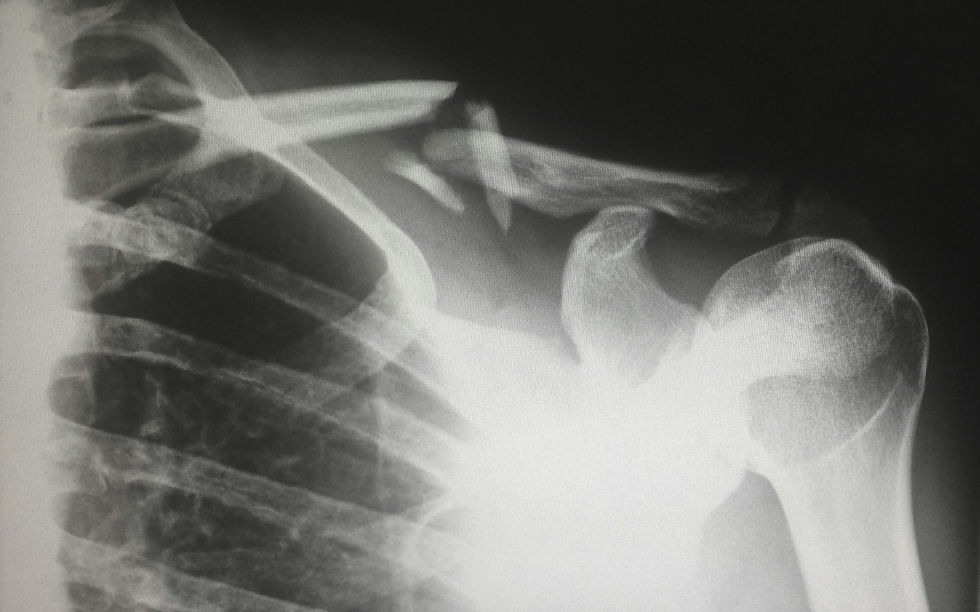Farewell, Jane Goodall
- marketingc8
- Oct 8
- 3 min read
The minute we heard the news that Jane Goodall had died, a call immediately went out to Anatomy in Clay® Learning System founder Jon Zahourek to make sure he had heard the sad news.
Of course Jane met thousands and thousands of people over the course of her illustrious career. In fact, she was on a speaking tour when she died, at age 91. But twice Jon had a chance to chat with Jane and his reaction was immediate.
“She just filled my heart standing there talking to her,” said Zahourek. (We previously celebrated Jane Goodall in a blog on her 90th birthday here.)
Zahourek called Goodall an “apex defender” of primates and celebrated her “lifelong commitment to understand everything” about primates. “She knew the primate family is large and must be defended. She wasn’t the only one, but she was the best at raising the public’s understanding they are family.”

Zahourek chatted with Goodall in 2013 at the University of Denver following a speech she gave to about 3,000 people at Magness Arena. And previously the pair had chatted at the Denver Museum of Nature and Science. The two were standing out on the porch with a view to downtown Denver and the mountains beyond.
“She had this tiny, little quiet voice,” said Zahourek. “I had hoped to get her interested in our (Anatomy in Clay) chimp models and it didn't work out, but I showed her a picture of the clay muscles on the chimp model and—”
At this point, Zahourek stepped back from the phone and shouted “ack!” in delight and in a high voice. “She absolutely loved it.”
Well, RIP to the tireless, dedicated scientist who revolutionized primatology.
That’s not a word we toss around: revolutionized.
Think of her discoveries—that chimpanzees make and use tools. (Common knowledge today, right? Not so at the time, in 1960.) She found chimps using grass blades to “fish” for termites.
She found that chimpanzees are omnivorous and were not, in fact, vegetarian. She found that they possess complex social behaviors. She found that they have emotions like compassion and that they have familial bonds. Orphans, for instance, were cared for. And she helped bridge and connect us humans to them, revealing our deep similarities. Her work blurred the line between humans and the animal kingdom, underscoring the role of evolution in creating the world the way it is today.
She was a scientist through and through—a keen, patient observer. Her field studies at the Bome Stream Chimpanzee Reserve produced her first publication in 1963, introducing us to a troop of primates including the individuals Flo, David Greybeard, and Fifi.
Goodall’s work led Louis Leakey, the paleoanthropologist and her mentor, famously remarked: “Now we must redefine ‘tool,’ redefine ‘man,’ or accept chimpanzees as human.” (We got that information from the New York Times.)
Also quoting the Times: “Dr. Goodall’s willingness to challenge scientific convention and shape the details of her arduous research into a riveting adventure narrative about two primary subjects — the chimps and herself — turned her into a household name in the United States and overseas.”
Jane Goodall wrote 32 books—15 of them for children. Her last book, published four years ago, was titled “The Book of Hope: A Survival Guide for Trying Times.” Among the quotes from that book, she wrote: “Let me say that without hope, all is lost. It is a crucial survival trait that has sustained our species from the time of our Stone Age ancestors.”
Good words to focus on today!
Thank you, Jane Goodall, for all your work and powerful insights into our world. You filled our hearts listening to you speak and hearing what you learned.
.
.
.
.




Comments